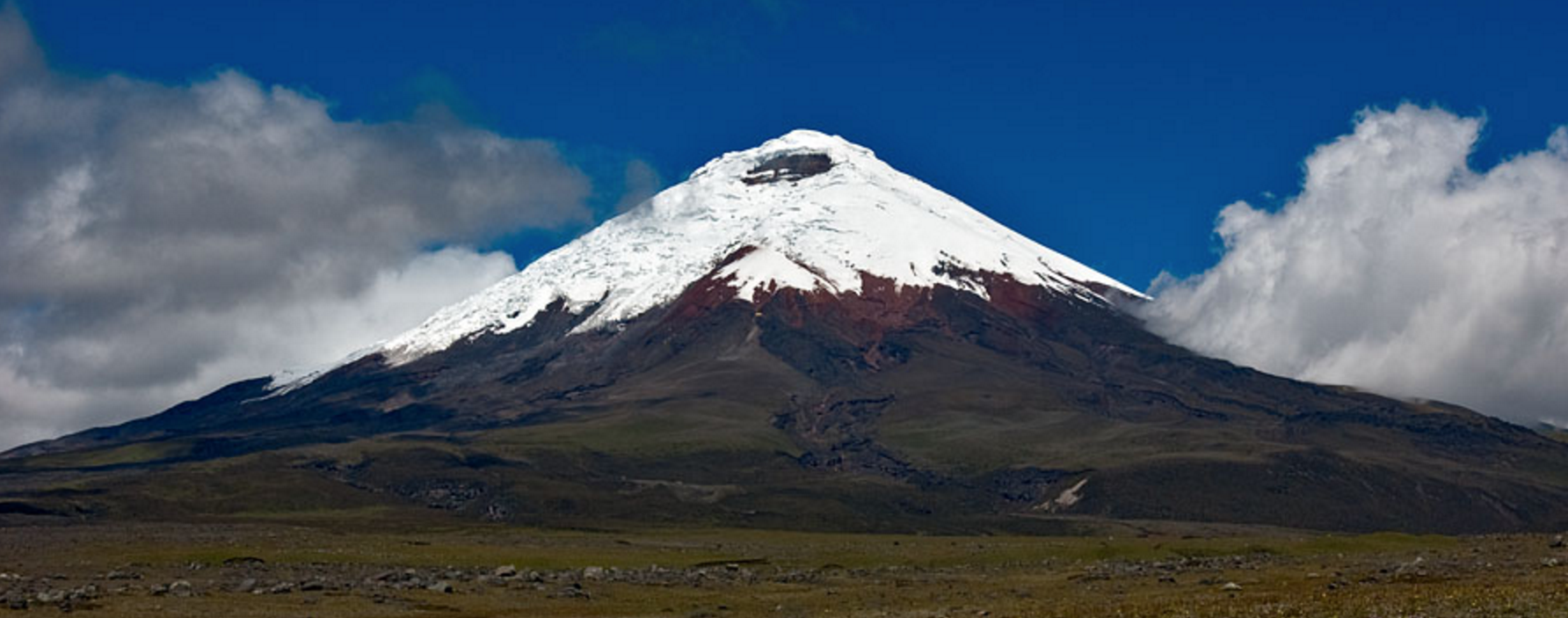Following along with what was discussed in week 11 of our class with “Los Desaparecidos.” This week we looked into concepts that occurred during and after the military dictatorship within the late 1970’s to early 1980’s. One aftermath that stayed in my mind was the Madres of the Plaza de Mayo. Mothers who were victims of loss for their children disappearing under the military dictatorship. Mothers of Argentina created an association with a white “pañuelo” wrapped over their heads along with peaceful protests in order to confront the military for what they’ve done to their children.
To have that kind of courage seems incredible for me, even more so how many mothers must’ve suffered when their sons and daughters randomly disappeared. It seems unbearable to me to think how much pain they have gone through which leads me to question why this association in being the first to challenge the military, why was it handled so peacefully when they have suffered so much in losing their children? Did they not want to have violence over what was lost? Was it better to convey their message through peaceful protests?
